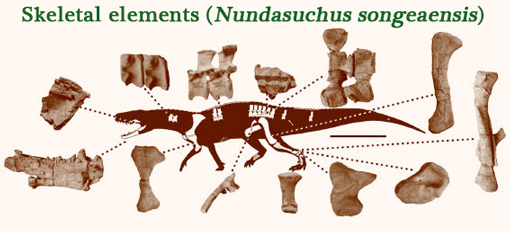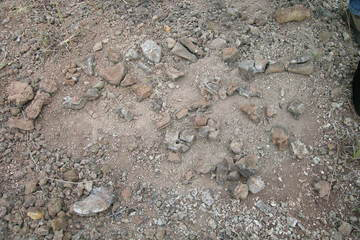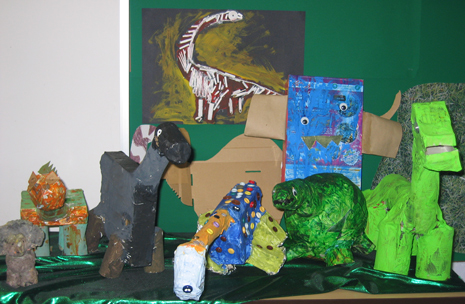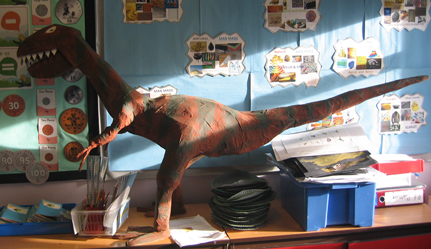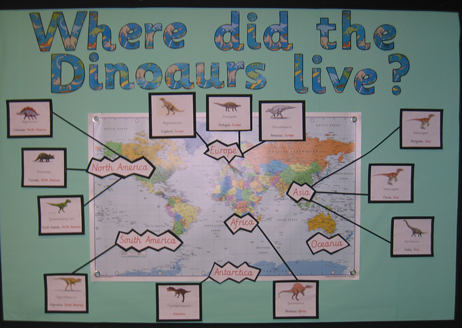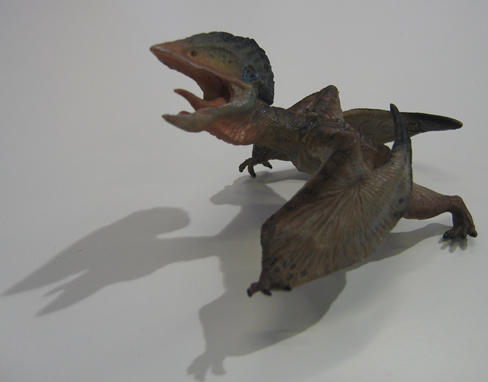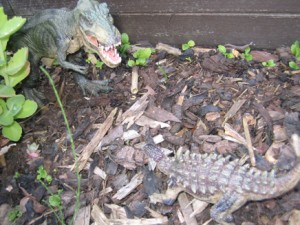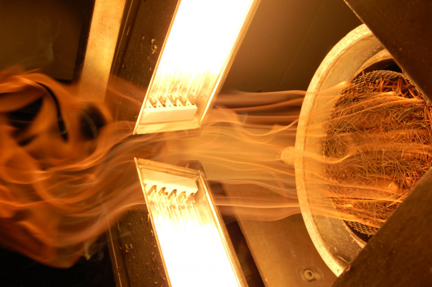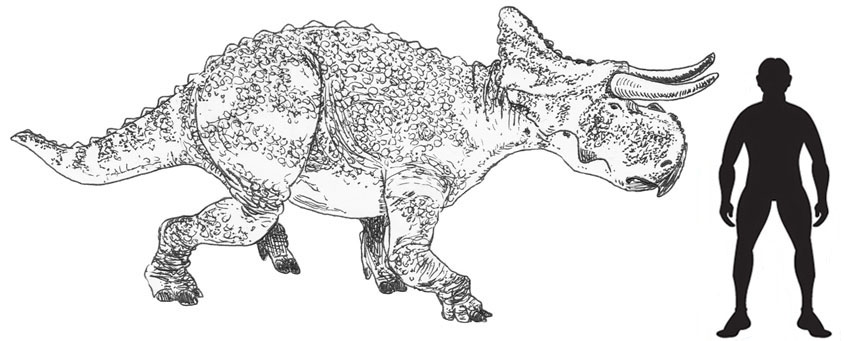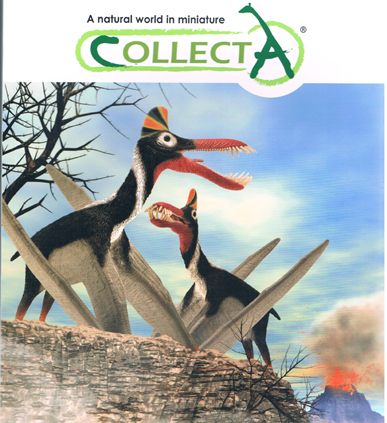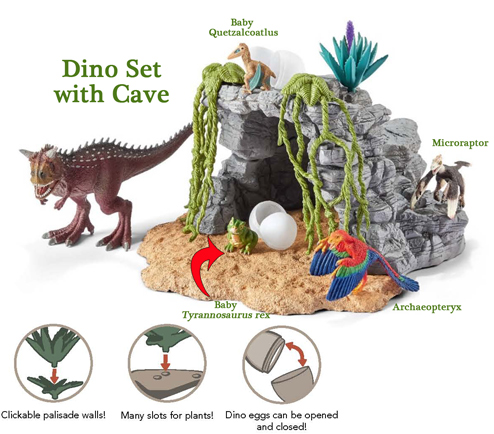A New Predatory Archosaur from the Middle Triassic of Southern Tanzania
Nundasuchus songeaensis: New Triassic Archosaur Discovered in Tanzania
In the aftermath of the End Permian extinction event those terrestrial vertebrates that had managed to cling on found themselves with a host of newly opened up ecological niches to exploit. Many vertebrates rapidly diversified and new lineages evolved to fill those gaps in the ecosystem vacated by genera and families that had died out.
The Archosauria
The archosaurs were typical and a myriad of new forms of these reptiles evolved as the Early Triassic gave way to the Middle Triassic. Scientists led by researchers at Virginia Tech (Blacksburg, Virginia, United States) have published a paper on a newly described genus of large, predatory archosaur that may have been one of the apex predators around some 245 million years ago. Say hello to Nundasuchus songeaensis, a fearsome, ancient ancestor of today’s crocodiles and birds.
The Recovered Fossil Material Superimposed on a Reconstruction of the Reptile
Picture credit: Sterling Nesbitt
Discovered in 2007
The fossil material was discovered in 2007, during a field expedition to explore the fossiliferous Manda Beds exposed in southern and south-western Tanzania. Sterling Nesbitt, was at the time a graduate student, he is now an Assistant Professor of Geological Sciences at Virginia Tech. The highly fragmentary fossils had been eroding out of a small hillock and although most parts of the skeleton are represented (excluding cranial material), it has taken more than a 1,000 painstaking hours to restore and study the fossilised remains.
A Photograph of Some of the Fossils Collected by the Team
Picture credit: Robert Smith
New Triassic Archosaur
The animal was clearly a predator and it would have been about the size of fully grown female American Alligator (Alligator mississippiensis), although unlike today’s modern crocodiles, the limb bones were held underneath the body and they did not spread out in a sprawling posture as seen in extent crocodilians. Nundasuchus (pronounced Noon-dah-suk-kus), would have been capable of more efficient locomotion, it probably hunted the ancestors of those other very well-known archosaurs – the Dinosauria.
The researchers are unsure as to where this new genus sits in the Archosauriform family tree. The skeleton shows anatomical traits found in the branch of the archosaurs that led to the dinosaurs and birds, but it had bony armour (osteoderms) on its back like a crocodile.
For models and replicas of extinct archosaurs including dinosaurs: Dinosaur and Prehistoric Animal Figures.
Bridging a Gap
Commenting on the significance of this discovery, Assistant Professor Nesbitt stated:
“There’s such a huge gap in our understanding around the time when the the common ancestor of birds and crocodilians was alive, there isn’t a lot out there in the fossil record from that part of the reptile family tree. This helps us fill in some gaps in the reptile family tree, but we’re still studying it and figuring out the implications.”
The name is derived from local Swahili “Nunda” for predator and the Greek for crocodile “Suchus”, the genus name therefore translates as “predator crocodile”. The trivial name comes from the town of Songea, as this settlement is close to where the fossils were found.
Despite the fragmentary nature of the fossil material, Nundasuchus songeaensis represents one of the more complete early Middle Triassic (Anisian faunal stage), archosaurs from southern Pangea and is part of a previously unrecognised early and diverse Archosauriform assemblage.
Sterling Nesbitt, who formerly held a post at Texas University, has been involved in a number of studies into the evolutionary development of African Triassic fauna. Back in 2010, Everything Dinosaur reported on another research project in Tanzania involving Assistant Professor Nesbitt. Fossils found indicated that the Dinosauria may have evolved earlier than previously thought.
To read this article: Pushing Back the Evolution of the First Dinosaurs by Ten Million Years.


